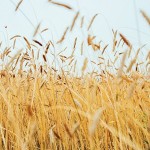Tree Planting Helps Tackle Erosion on Hawke’s Bay Farms
Added 5 months ago
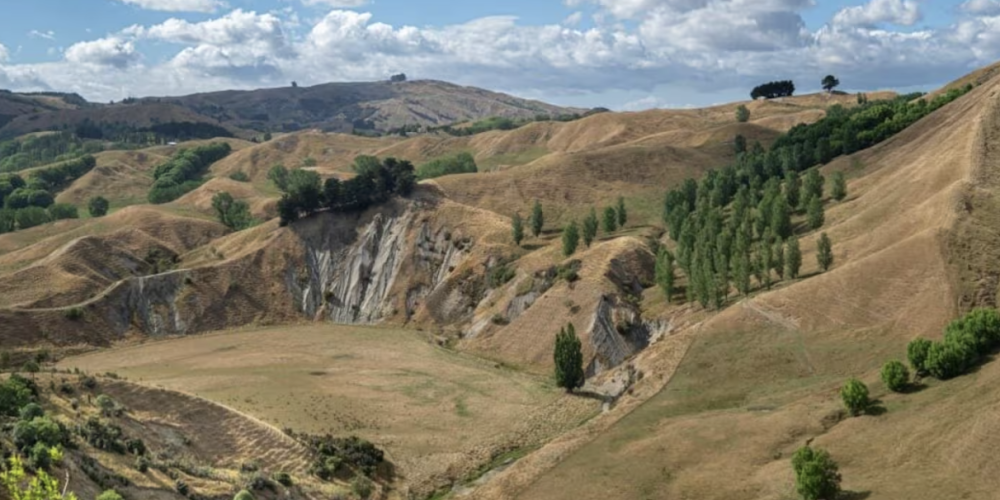
New data shows that tree planting across Hawke’s Bay’s hill country farms is making a real difference in the fight against erosion.
A report presented to the Hawke’s Bay Regional Council’s Environment & Integrated Catchments Committee this week confirms that planting trees, particularly poplars, willows, and native species is effectively reducing erosion in vulnerable areas.
Over 250,000 hectares of hill country in the region are classified as high risk for erosion. However, research reveals that targeted tree planting can reduce this risk by up to 70%, and even by 90% in areas converted to closed canopy forest.
Committee chair Sophie Siers called the results encouraging, highlighting the impact of long-term collaboration between the council and local landowners.
“For years, we’ve focused on keeping the soil on the hills where it belongs and this data shows it’s working,” said Siers. “It’s not just theory anymore. These plantings are actively preventing slips, protecting our rivers from sediment, and preserving our land.”
Monitoring of 50 farm sites found that tree-covered areas had 1,895 fewer landslides, a 7% decrease, along with a 9% reduction in sediment flowing into waterways.
Siers noted that beyond soil retention, tree planting creates stronger, more resilient landscapes, improves water quality, and helps prevent downstream flooding caused by sediment build-up.
Listen to more here.
Join the conversation
Be the first to leave a comment.
Leave a comment
All comments are reviewed before they are published on the website. Your email address will not be published.
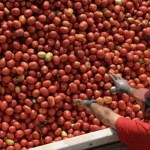
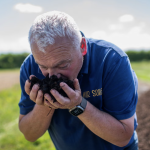
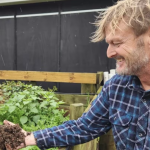
Regenerative Agriculture Helping Kaukapakapa Farmer Cut Costs and Restore Soil


